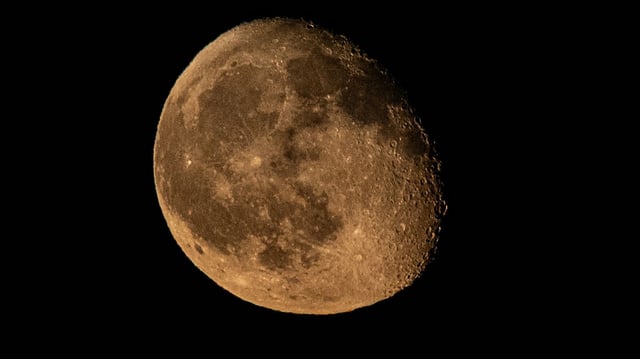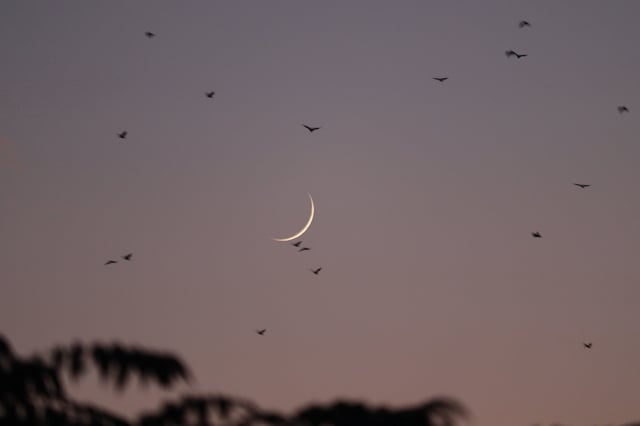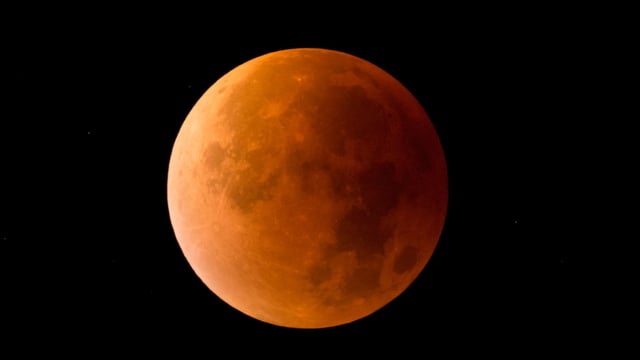Overview
- The new moon on Saturday, Aug. 23 occurred at about 2:06–2:07 a.m. ET, making the Moon invisible from Earth.
- This instance qualifies as a seasonal black moon, the third new moon in a season that contains four.
- Astronomers note that “black moon” is a popular, non-official term with other usages, including the second new moon in one month.
- The absence of moonlight creates especially dark skies for stargazing, with late Perseid meteors and faint deep-sky objects easier to spot.
- The Moon’s position also opens an eclipse window, with a total lunar eclipse on Sept. 7 and a partial solar eclipse around Sept. 21–22.



